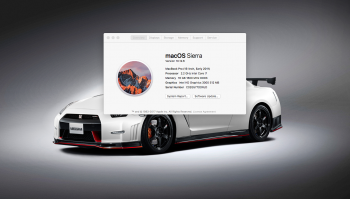===> IF YOU DID EVERYTHING CORRECTLY, MOST LIKELY THAT YOUR MACBOOK PRO IS NOW USING INTEGRATED GRAPHICS WHILE BOOTING, AFTER BOOTING, AND IS WORKING GREAT AGAIN ! 
First I would like to say that this is a neat trick and well done for coming up with this solution. I have only seen this done on hardware level (NOT ON MACS) where you cut the power supply to the AMD chip which then forces the system to use Intel chip.
I have a MacBook Pro "Core i7" 2.2 17-Inch (Early 2011/Thunderbolt). Unfortunately the problem started early this year and Apple would not repair under their recall program. The screen showed coloured bands on top of the grey screen and it would not boot up.
I followed your instructions from "
100% WORKING SOLUTION" and it worked!! Yes I was surprised to say the least. Started up the system with a fresh installation of Sierra and graphics were perfect even while playing a Youtube video full screen. All was good until I rebooted the machine and the same coloured bands appeared on the screen and it would not boot up.
My question is, and I apologise if it has been answered before but the thread is very long, do you have to remove the AMD kexts before the EFI variable fix? or was the recurrence of the problem something to do with the Sierra OS and SIP?
Once again great work on this hack.


